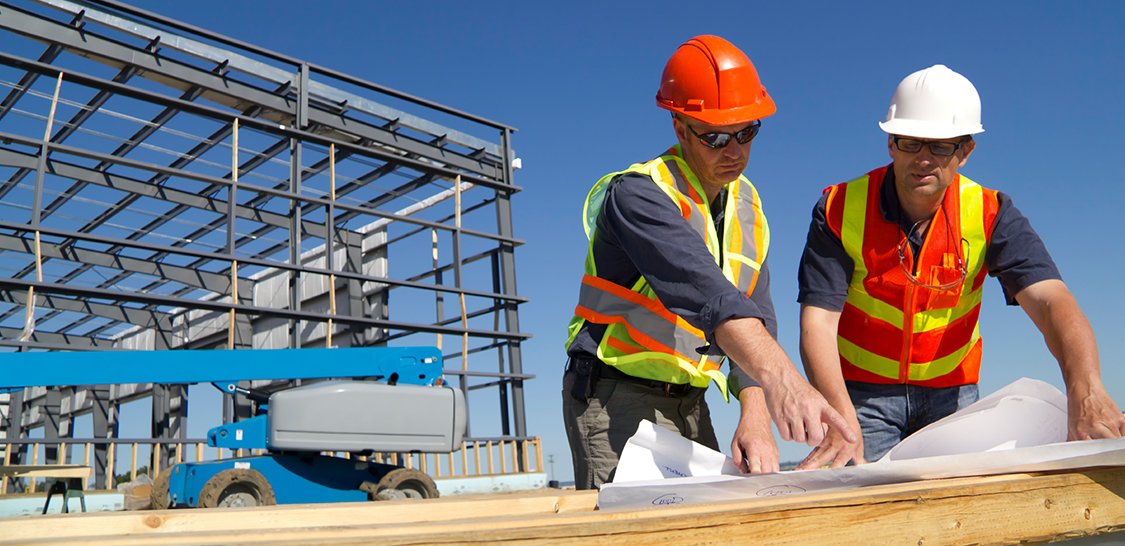Now I know that there are few things more exciting than quoting a section from the Internal Revenue Code in the title of an article, but there is a great opportunity to reduce your tax liability that should not be overlooked. The American Jobs Creation Act of 2004 enacted Section 199, a tax deduction related to income attributable to domestic production activities. While many associate this deduction with manufacturers, it also applies to construction of real property, as well as architectural and engineering services.
A taxpayer may claim a deduction against gross income equal to 9% of its qualified production activities income (QPAI), limited by the amount of its taxable income (also note that the Section 199 deduction is limited to 50% of the company’s W-2 wage expense). QPAI is calculated by subtracting cost of goods sold and other direct expenses from the company’s domestic production gross receipts.
Construction. Construction of real property in the U.S. is eligible for the Section 199 “manufacturing deduction.” The real property may consist of residential or commercial buildings; permanent structures, including land improvements and infrastructure. Real property does not include machinery unless it is a “structural component.” Examples of businesses conducting eligible construction activities are commercial and institutional building construction contractors; residential remodelers, foundation, structure and building exterior contractors; structural steel and precast concrete contractors; and electrical, plumbing, heating and air-conditioning contractors.
Engineering and architecture. Engineering and architectural services are eligible for the Section 199 “manufacturing deduction” only if these services are performed in the U.S. for real property construction projects in the U.S. Eligible engineering services include consultation, planning, design, investigation, evaluation and supervision of construction. Eligible architectural services include consultation, planning, design, and supervision of construction.
How can we help?
- Determine whether you business meets the tests to qualify for the deduction
- Identify and maximize the gross receipts that qualify for this tax benefit – Domestic Production Gross Receipts (DPGR)
- Properly identify cost of goods sold associated with DPGR
- Properly identify direct costs associated with the DPGR
- Determine what portion of indirect costs need to be allocated to DPGR
Have questions? RKL’s Real Estate Development & Construction industry groups are here to help assist your with the Section 199 Deduction. Contact your RKL advisor for more information.




